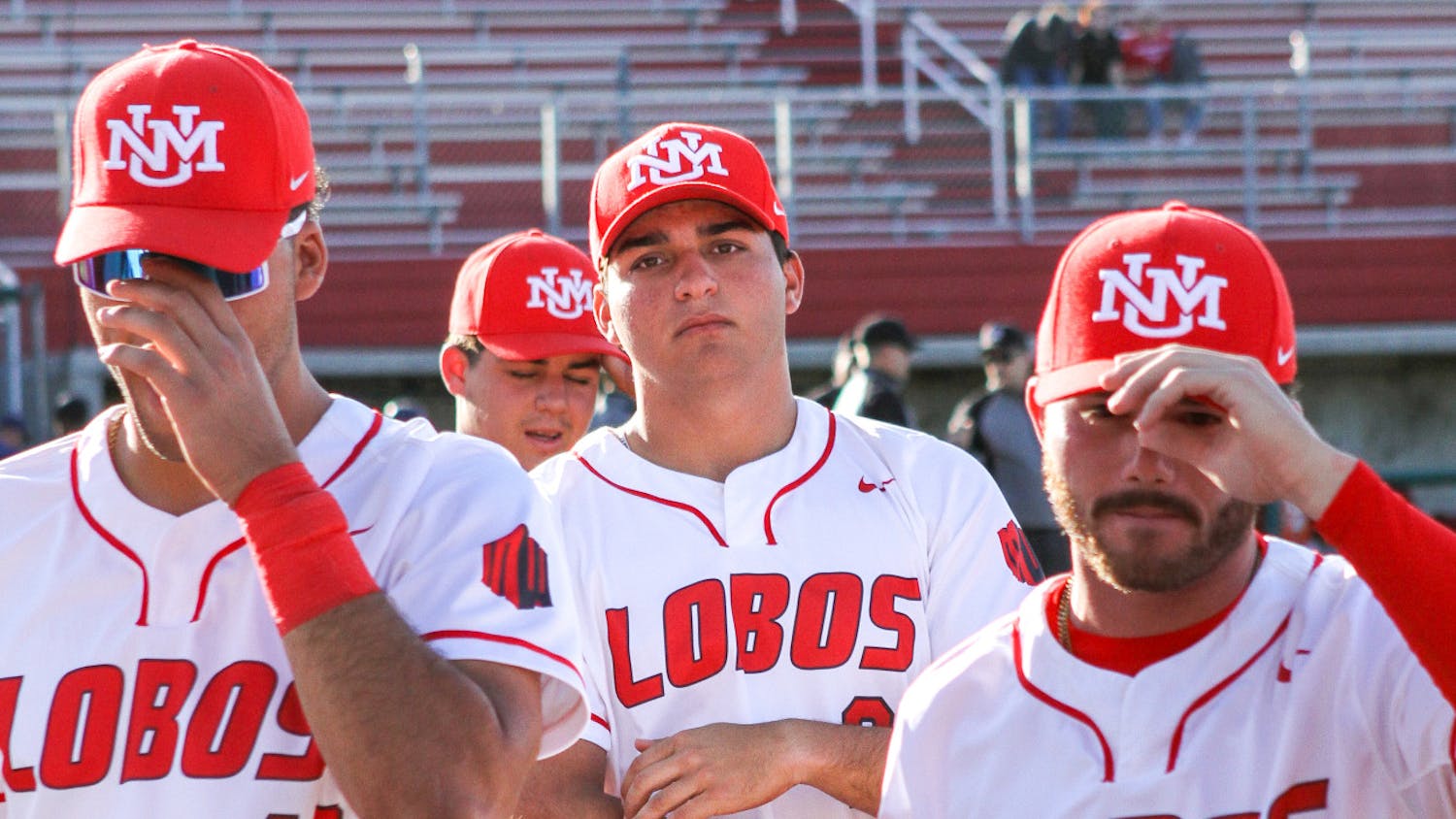Torres spoke with Morin about the practices of curanderismo, and realized that many of the healing methods his mother used when he was a child came from this tradition.
“Juan Morin brought back a lot of memories of my mom,” Torres said. “We grew up in a rural area in South Texas where there were not too many physicians, and my mother was raised with this topic, so she was our doctor using herbs and rituals.”
Torres decided he wanted to learn more about the ancient healing arts. Although the commute from Austin to Del Rio, where Morin worked, was too long for him to regularly receive lessons from Morin, Torres didn’t give up on rediscovering his family’s traditions. In the early 1970s he was hired as an assistant professor at Texas A&M University at Kingsville.
“I got interested in developing a course on curanderismo while I was there, which I taught to nurses at our sister university in Corpus Christi,” Torres said.
He was lecturing and writing extensively about it by the time he started working at UNM in 1996.
“I discovered the richness of this topic in New Mexico,” he said.
Now, in addition to acting as vice president of student affairs, Torres teaches three courses on curanderismo: a two-week summer class, a semester-long online class, and a MOOC — massive open online course — through the platform Coursera.
“It was a challenge to develop an online course, but it’s worked out better than anticipated,” he said. “I didn’t expect to register over 40,000 students from all over the world.”
The MOOC is split into three modules that are based on the three aspects of holistic healing: body, mind, and spirit. Torres said that this approach comes from the various cultures from which curanderismo emerged.
The practice began in the 16th century, when the Spanish came to the New World, bringing traditions heavily influenced by the Moors, who lived on the Iberian Peninsula for centuries. When they arrived, these traditions were mixed with those of indigenous peoples, creating the techniques that are still practiced today.
“In earlier times there were no physicians or corner drug stores, so people relied on the traditional healers who served many roles,” Torres said. “That’s why this type of healing is still alive and well in many countries.”
Get content from The Daily Lobo delivered to your inbox
Because curanderismo arose from various cultures, Torres said he tries to incorporate practices from all over the world in his teaching.
In addition to the healers who practice curanderismo, known as ‘curanderos’ and ‘curanderas,’ Torres’ classes feature speakers on Chinese, Ayurvedic, and Afro-Latino medicine. In the summer class, students have the opportunity to visit traditional health fairs and sweat lodges.
“Because of the multiculturalism and diversity in New Mexico, it’s a perfect place to talk about how we have borrowed from other traditions,” Torres said.
He said that students from all walks of life are interested in his classes, including physicians and nurses from across the country.
Torres said that curanderismo is not necessarily incompatible with modern medicine, and that there are a variety of reasons why people might choose to explore it.
“Sometimes it’s cost, sometimes it’s culture, and sometimes people are just looking for alternatives,” he said.
He said that holistic healing takes an approach to mental and emotional health that is rarely considered by the medical community.
“The important thing is that there are other alternatives to conventional medicine that include in their approach the notion that the mind is integral to healing the body,” Torres wrote in his book, “Curandero: A Life in Mexican Folk Healing.” Some of the topics in his class include healing through laughter, grief, music and energy cleansing.
Torres said that while there are spiritual and religious elements to curanderismo, the class is meant to be informational.
“The class is not trying to convert people,” he said. “It’s there to give information to students about how things used to be, and how they are still practiced in many countries.”
Lena Guidi is a freelance reporter at the Daily Lobo. She can be contacted at news @dailylobo.com, or on Twitter @DailyLobo.





